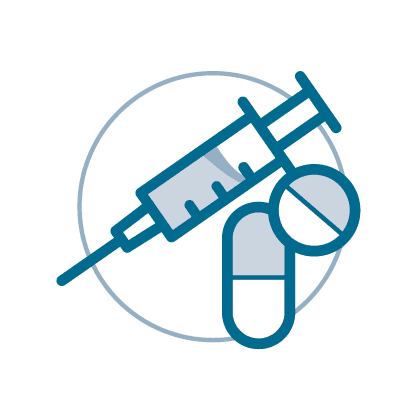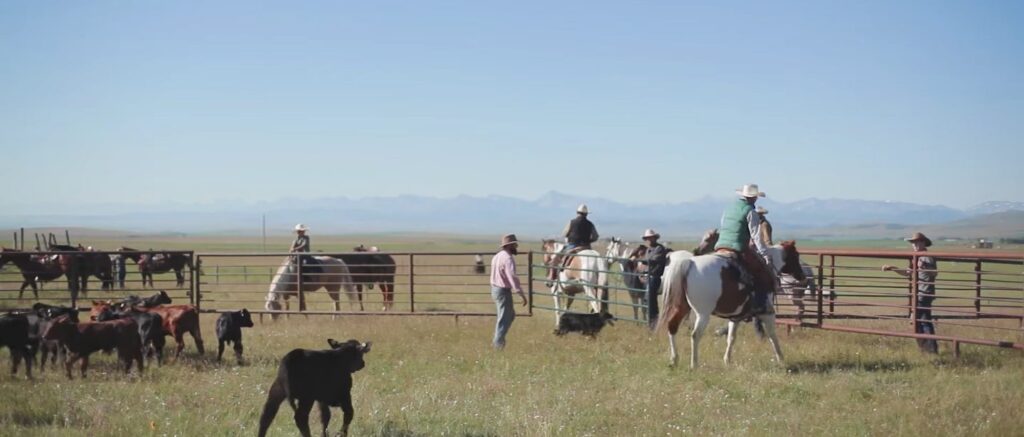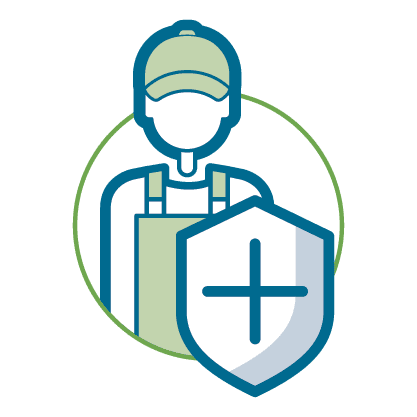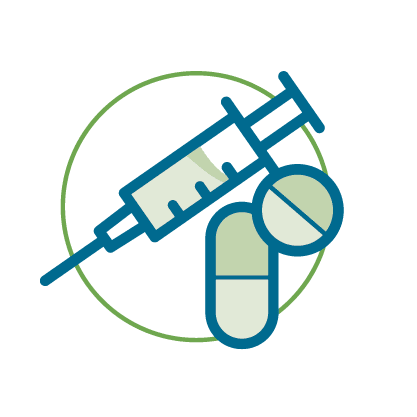Home / Social – Assessment & Progress
Social parameters are a key component of a product’s sustainability. The social assessment evaluates the socioeconomic performance of the Canadian beef life cycle by reviewing the social performance of organizations across the value chain to establish socioeconomic impacts with respect to main stakeholders and to various social issues.
The processes and practices associated with producing beef were evaluated – highlighting areas that are doing well and identifying areas for further improvement with respect to four priority social issues: Labour Management, People’s Health and Safety, Animal Care, and Antimicrobial Use.







Health and safety at work concerns the promotion and maintenance of the highest degree of physical, mental and social well-being, and capabilities of all individuals involved in business operations, including employees but also producers and the people living on the farm.
About half of participants working on-farm indicated a large amount of stress leading to impacts on health such as sleep loss, changes in appetite, and body/headaches.
Three-quarters of those surveyed reported experiencing levels of disturbing stress affecting mental and physical health.

Animal care refers to animal health and welfare through activities that humans undertake as part of the beef supply chain.
It is about providing for the physical and mental well-being of animals (The Five Freedoms), and meeting or exceeding consumer expectations.
The foundation for animal care is guided by the Five Freedoms which must be upheld. These five freedoms include: freedom from hunger and thirst, discomfort, pain, injury and disease, fear and distress, and freedom to express normal behavior.
Further outlining the care and handling of beef cattle, a Code of Practice was developed by the National Farm Animal Care Council in conjunction with welfare researchers, veterinarians, animal welfare groups and other stakeholders. The code highlights requirements and recommendations to ensure the health and welfare of beef cattle, while providing avenues for further improvement.
Animal care is a success story in Canada.
Increased practice adoption, coordination and communication across businesses, sectors, and industries may be needed to ensure animal care throughout the cattle’s life cycle.

Antimicrobials, which include antibiotics, antifungals, antivirals and antiparasitics, are instrumental for ensuring animal health in livestock agriculture.
Proper use is critical for mitigating adverse effects, and ensuring the health of animals, people and the environment.
Although 95% of beef farmers and ranchers report using antimicrobials to help manage the health of their animals, 88% of them need to treat <5% of calves before being weaned from their mothers, and 91% treat <5% of their mother cows.1
The variety of opinions and perceptions with respect to antimicrobial use (AMU) vary within in the industry. Room for improvement also exists with respect to the adoption of management practices associated with responsible AMU, including further reduction of stressors and increased access to veterinarians in some regions.
Canadian Roundtable for Sustainable Beef
180-6815 8th Street NE, Calgary, AB T2E 7H7
info@crsb.ca
© 2024 Canadian Roundtable for Sustainable Beef
/